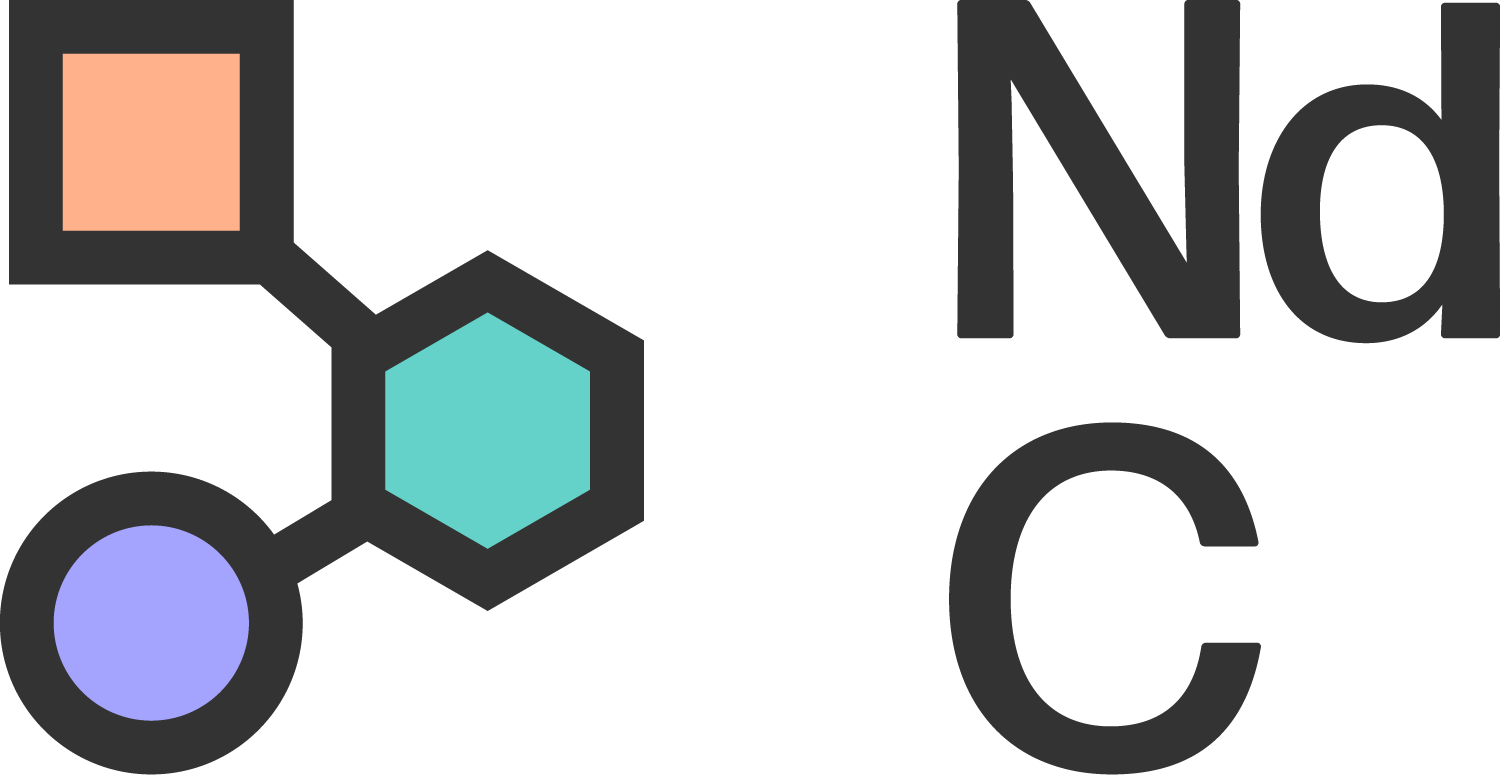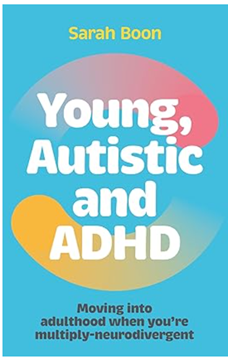Autism Research—What’s New in August?
In this month’s research roundup, Ann Memmott picks out some of the current big debates on Autistic lives, and showcases new and important research from teams and academics working within the field.
How Autistic Adults in the United Kingdom Use Time Alone for Well-Being
The researchers asked 16 Autistic adults about the need for balancing social activities with time alone. This is important research, in a world where there is an expectation that more socialising is good for us. Worth a read for the benefits of creating or protecting spaces which encourage recovery from overwhelm.
The Link Between Faceblindness and Social Anxiety for Autistic People
60 Autistic people are asked about faceblindness and how it affects anxiety levels and socialising. The ability to recognise others just from their faces is an automatic function in most human brains, but for 15-30% of Autistic people, it doesn’t work well. The impact on social experiences can be major, with Autistic people struggling to work out who’s who and how well they know them. It is very easy to mistake this difficulty for deliberate rudeness on the part of the Autistic person, so it is good to see this research happening.
Mysterious Definitions of ‘Problem Behaviour’ for Autistic People?
This preprint from Prof. Bottema Beutel & team is looking at how intervention teams define ‘problem behaviour’ in Autistic individuals. Only a third of studies explained why they were targeting particular behaviours. Fewer than 1 in 10 defined and categorised the behaviours in any logical way; teams chose to count everything from a child tapping a finger or enjoying looking at objects in their collection, right through to the very few who are involved in fire-setting, as if those things are all equally problematic and all in need of interventions. Very few research teams appear to have considered which things are perfectly ordinary Autistic behaviour, and which are actually a problem. What are expensive and time-consuming interventions actually intervening with, and why? Always check.
Caregivers and What They Say About Alleged ‘Aggression’ from Autistic Young People
Another paper on the subject of alleged ‘problem behaviour’. The researchers asked over 2000 caregivers about their child/young person’s behaviour, using for example the C-Sharp 2 inventory (snip below of a sample of it, showing proportions from left to right which indicate the behaviour happened never, occasionally, moderately, or a lot, in the last month).
The children and young people are not asked what happened. For example, whether they were defending themselves from bullying. Or, whether the alleged insult was a misinterpretation of Autistic honesty, perhaps.
Even by this method, most of the Autistic children were, it seems, always or nearly always peaceful. Given what we know about exhaustion, overwhelm, bullying victimisation and pain levels in too many autistic children, this seems remarkable. Yet, the paper is still framed around alleged ‘aggression’ levels.
There is no comparison against non-Autistic children, so we do not know if the non-Autistic children were doing more of these things. Is defending themselves an act of aggression? Is e.g. a 6 yr old child repeating a rude word an act of aggression?
Always check papers for clear, fair, definitions, and for comparisons to non-Autistic levels of alleged challenging behaviour.
Extract of C-Sharp 2 Inventory
Making Life Easier for Autistic/Neurodivergent People in Radiography
The team are keen to improve access to radiography for Autistic and other neurodivergent people. Currently, accessing MRI scans, X-rays, mammograms or CT scans can be a very overwhelming experience, with little clear information, sensory hazards, and staff who are not sure how to enable a good result. Lots of good reflections on how to improve this.
Creating a Community of Support for Parents of Black Autistic Individuals
The researchers explored how to create interventions and support for Black caregivers of Autistic youth that included their cultural strengths. The study used story-telling, communalism, and service-driven activities centred around improved care for Black Autistic individuals. Important and very much needed.
Positive Aspects of Caring for Autistic Older Teens and Young Adults – Views from Caregivers
The researchers asked 174 caregivers about the most rewarding aspects of caring for Autistic young people. They were also asked how they dealt with stressful situations, and about the support they had from other people.
Caregivers talked about the reward of seeing their youth grow and progress (e.g. learning new skills, reaching new milestones), described positive aspects of the relationship with their youth (e.g. sharing a special bond), and reflected on their own learning and personal growth as caregivers and people.
In a world that often expects to hear negative things about Autism, this is a useful and valuable contribution.
Breaking the Stigma around Autism
One for the academics and professionals who are seeking different ways to think about Autistic people and wanting to move away from the ‘deficit models’ of thinking that have dominated the last 100 year of research since the early work of Sukhareva in the 1920s. Plenty of really good thinking-material in this.
Experiences of and Treatment Preferences for Insomnia in Autistic Adults
Most Autistic adults struggle with sleep, but it has not been a research priority until recently. Nijhof, Rydzewska, Pavlopolou & Gardani interview 12 Autistic adults about their sleep difficulties. The results show a clear need for sleep advice to be tailored to what actually works for the Autistic person, rather than offering standard and ineffective advice that reduces trust and confidence. Good to see this vital research and to read the reflections of the participants.
New and useful books
Cover of Being Autistic
01. “Being Autistic”
Aimed at ages 8-12, this is an illustrated guide to being Autistic, and written from a positive and affirming viewpoint by Niamh Garvey. (Jessica Kingsley publishing, 2024)
Cover of Young, Autistic and ADHD
02. “Young, Autistic and ADHD”
By Sarah Boon. Jessica Kingsley publishers, 2024. Aimed at young people who are approaching adult years. With a substantial number of Autistic people also being ADHD, this is a much needed book with a lot of affirming and helpful suggestions.
Cover of The Routledge International Handbook of Critical Autism Studies
03. The Routledge International Handbook of Critical Autism Studies
(Editors Damian Milton & Sara Ryan) 2024. The field of Critical Autism Studies is expanding fast, with many autistic scholars and thinkers challenging the old ‘deficit beliefs’ about Autistic people. Important reading for anyone wanting a deep understanding of this pioneering field, as we move past the first 100 years of Autism research and into the new neurodiversity paradigms.
References
Bottema-Beutel, K. et al. (2024). Conceptualizing and Measuring “Problem Behavior” in Early Intervention Autism Research: A Project AIM Secondary Systematic Review.
Brown, C. E., Borduin, C. M., Sheerin, K. M., & Kanne, S. M. (2024). Characteristics and correlates of aggressive behavior in autistic youths. Autism research.
Gehdu, B. K., Gray, K. L., & Cook, R. (2024). Poor face recognition predicts social anxiety in autism: A short report. Autism, 0(0).
Legault, M., Catala, A. & Poirier, P. (2024). Breaking the stigma around autism: moving away from neuronormativity using epistemic justice and 4E cognition. Synthese 204, 84.
Montoya, C. N., Ishler, K. J., Obeid, R., Payner, J., & Berg, K. A. (2024). “Glimmers of hope and good things”: Positive aspects of caregiving to autistic adolescents and young adults. Autism, 0(0).
Neville, F., Sedgewick, F., McClean, S., White, J., & Bray, I. (2024). Reacting, Retreating, Regulating, and Reconnecting: How Autistic Adults in the United Kingdom Use Time Alone for Well-Being. Autism in Adulthood.
Nijhof, D., Melville, C., Rydzewska, E., Pavlopoulou, G., Meehan, L., & Gardani, M. (2024). Experiences of and treatment preferences for insomnia in autistic adults: An Interpretative Phenomenological Analysis. Sleep Medicine.
Onovbiona, H., Quetsch, L., & Lemus, J. Empowering Through Service: Creating a Community of Support for Parents of Black Autistic Individuals. Available at SSRN 4930893.
Potts, B., Malamateniou, C., & Stogiannos, N. (2024). Caring for autistic and neurodivergent people in medical imaging: the City radiography research group experience and future work.





